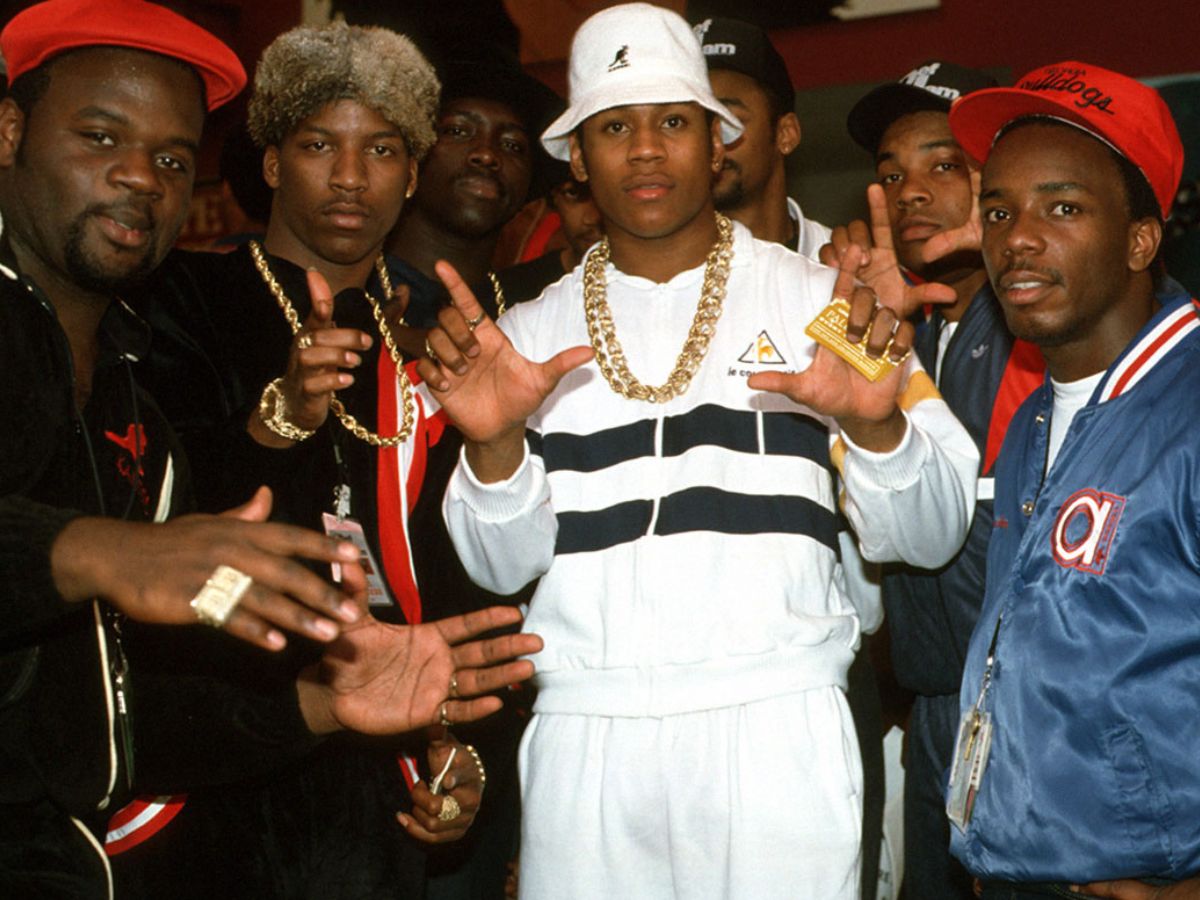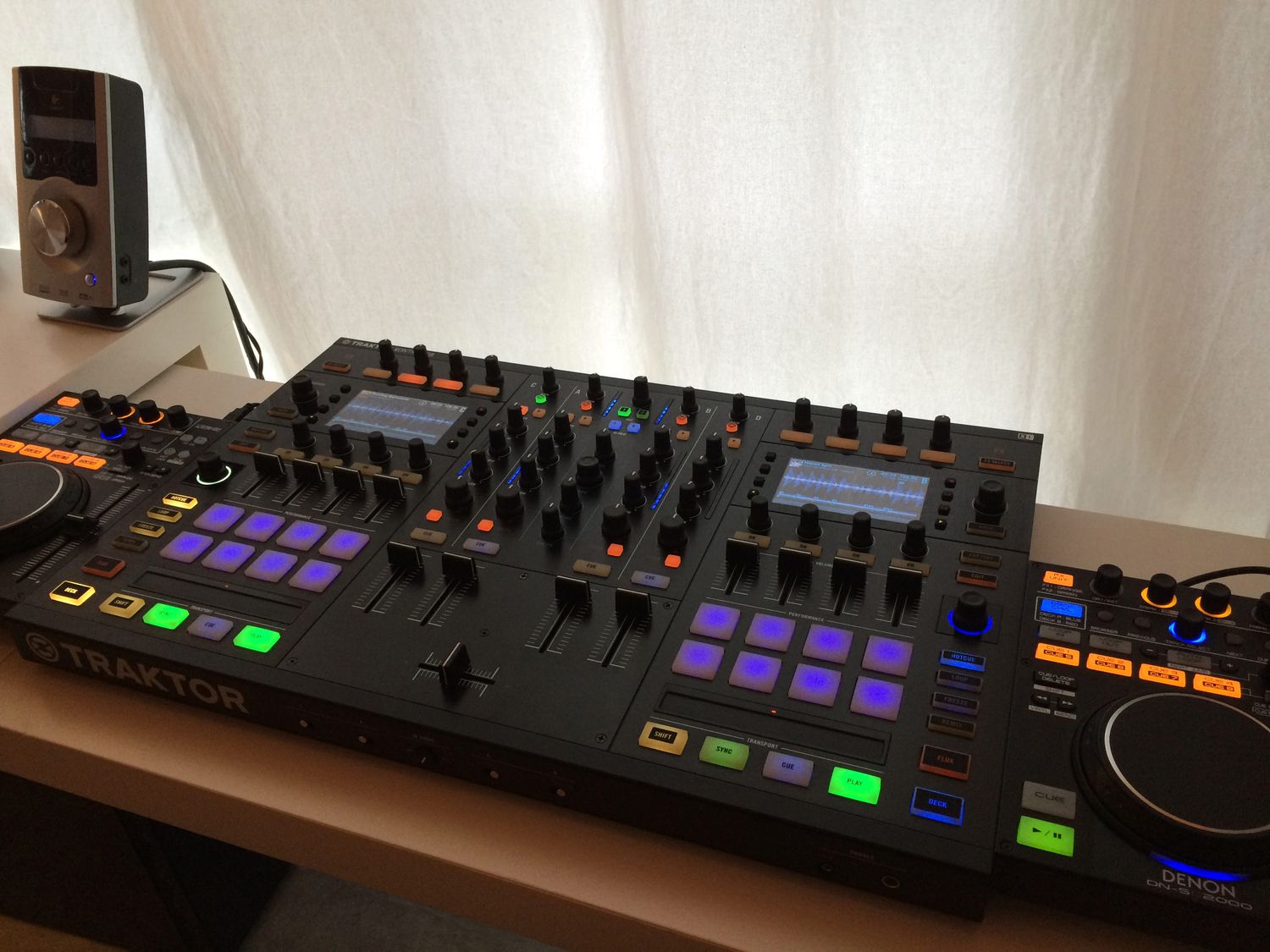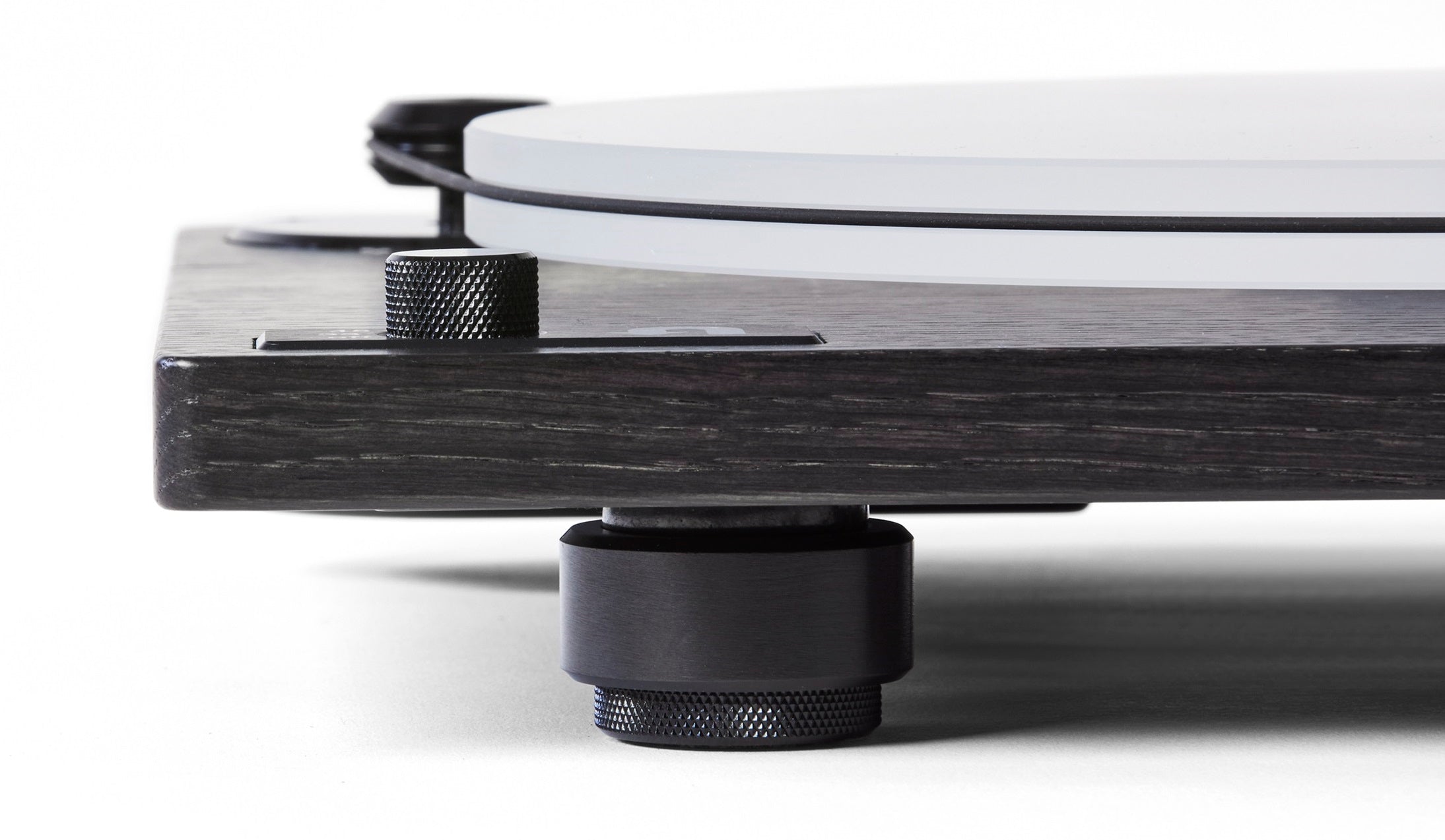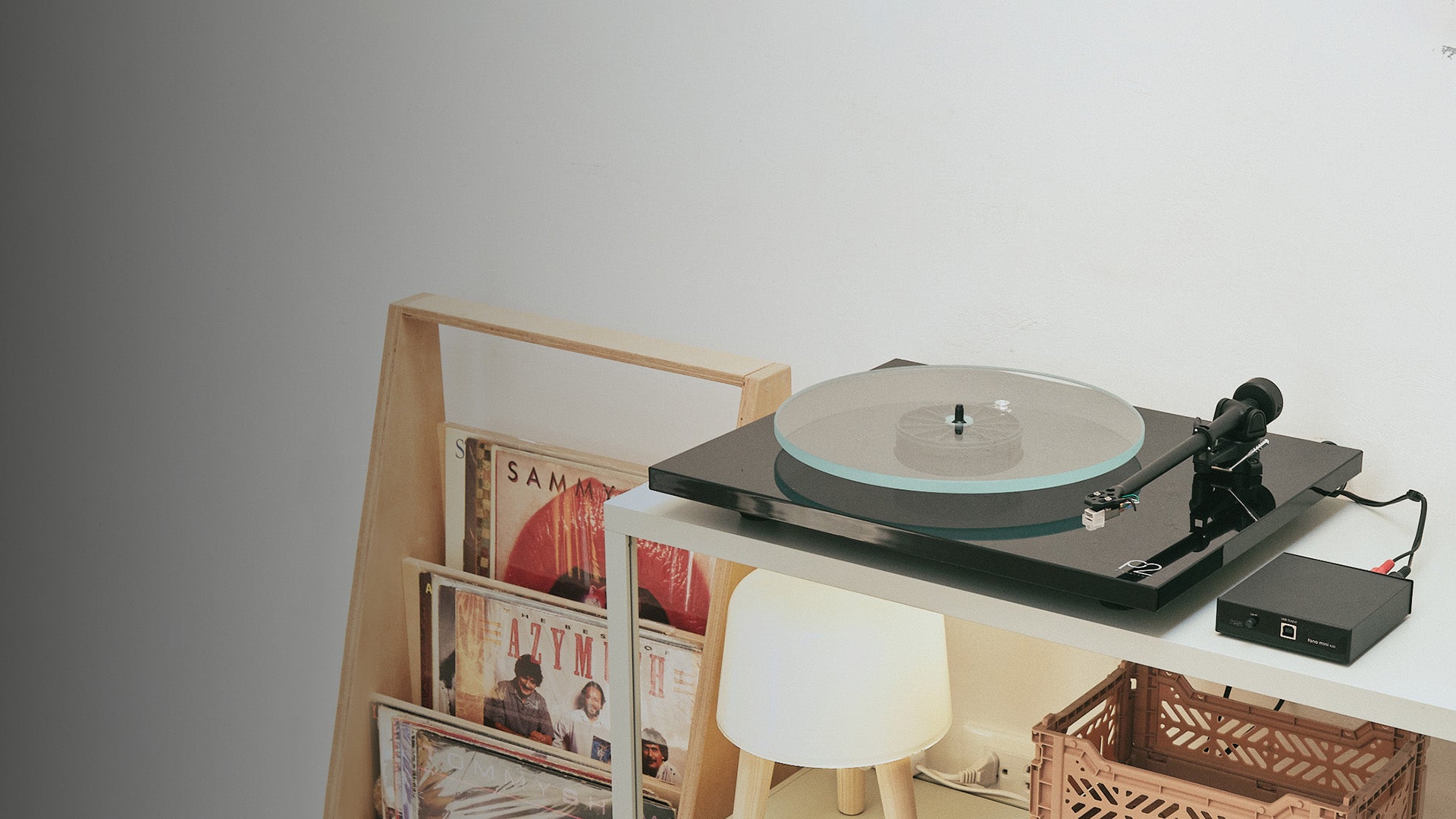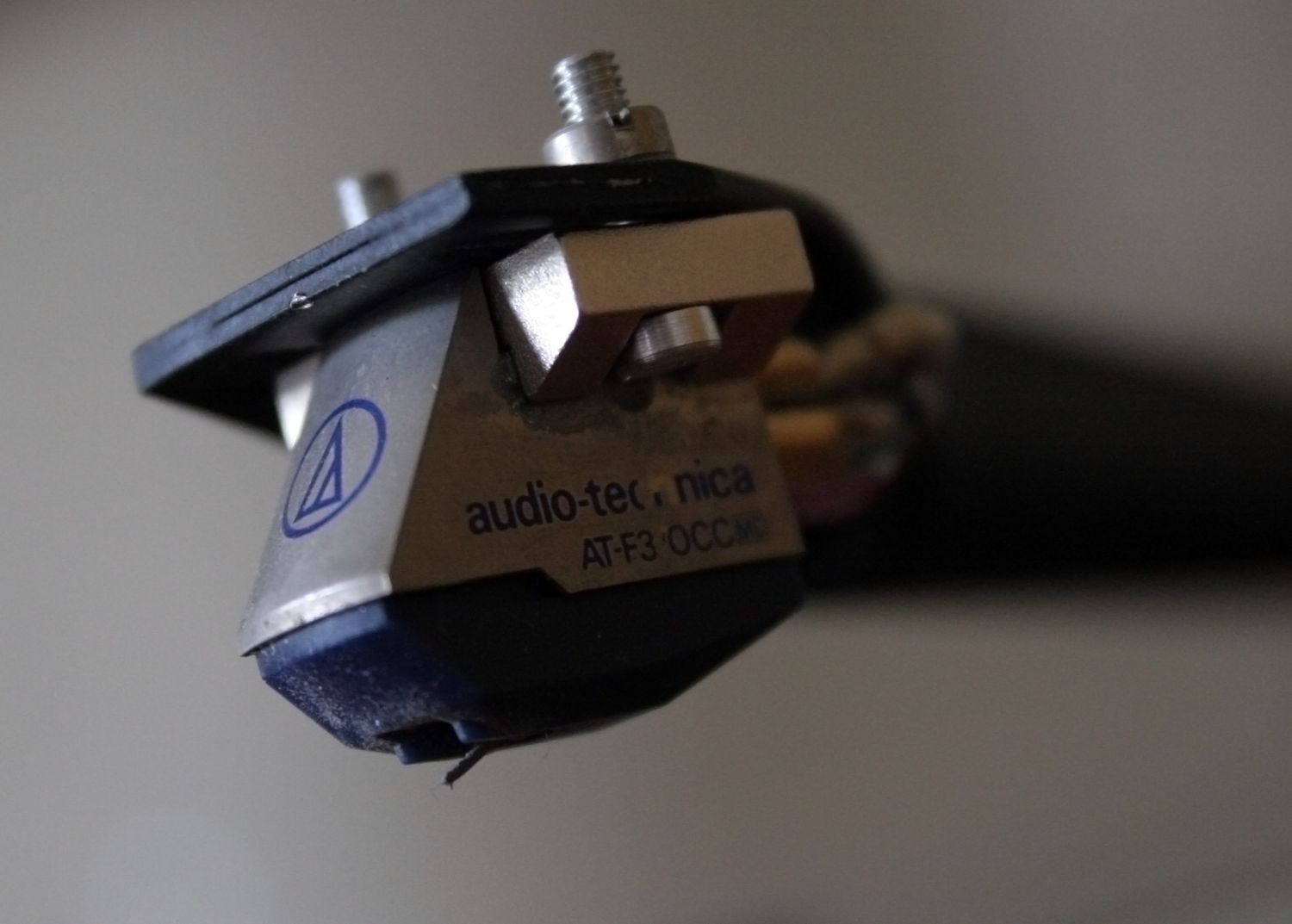Home>Devices & Equipment>Turntable>How To Play 78S On A Turntable
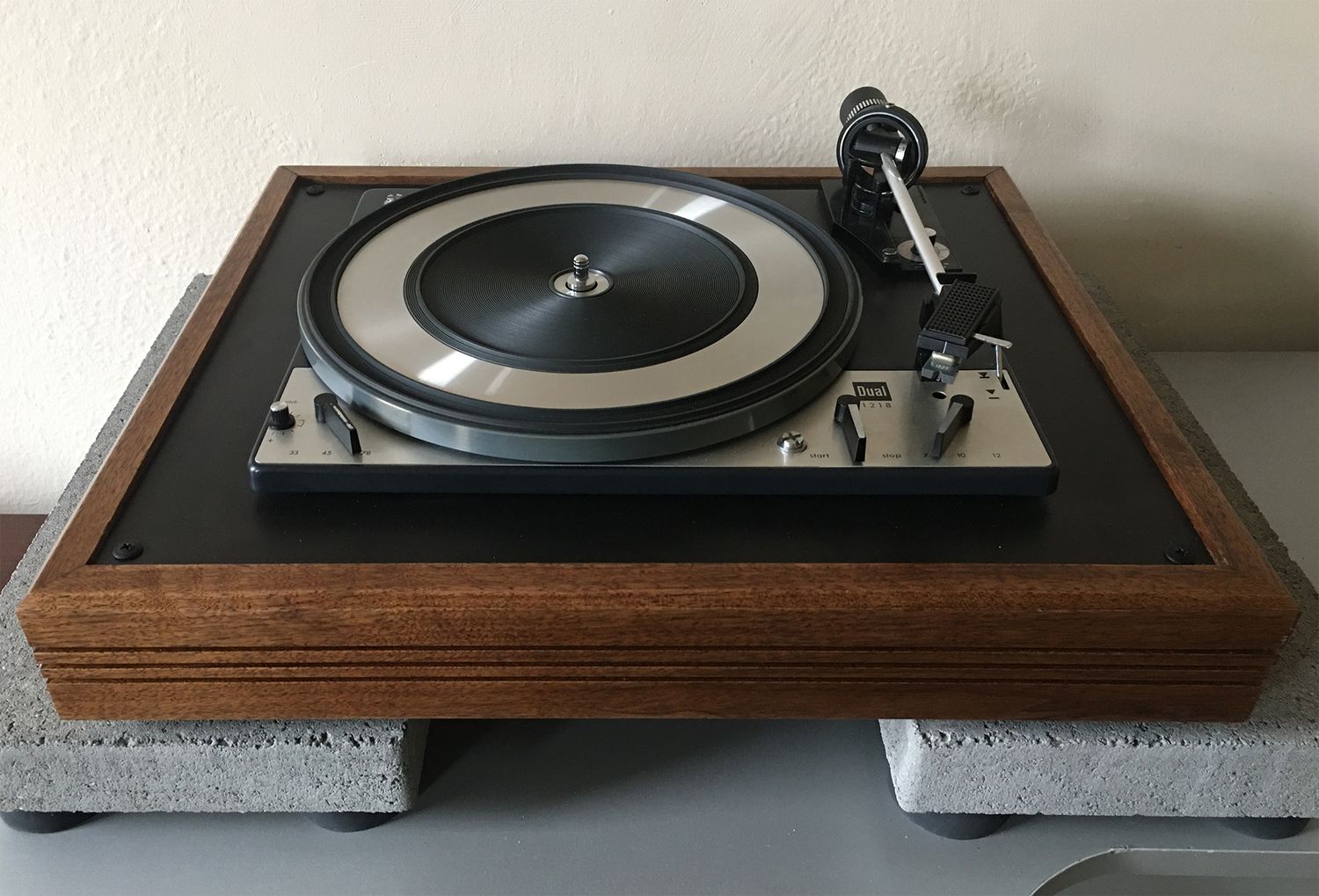

Turntable
How To Play 78S On A Turntable
Published: January 18, 2024
Learn how to play 78s on a turntable with our step-by-step guide. Discover the techniques and equipment needed to enjoy your vintage vinyl collection to the fullest.
(Many of the links in this article redirect to a specific reviewed product. Your purchase of these products through affiliate links helps to generate commission for AudioLover.com, at no extra cost. Learn more)
Table of Contents
Introduction
Welcome to the world of turntables and the vintage charm of 78s! If you’re a music enthusiast who appreciates the warm sound and nostalgic experience of playing vinyl records, you may find yourself intrigued by the allure of 78s. These unique records, with their larger size and faster playback speed, offer a glimpse into the early days of recorded music.
Before you can dive into the world of 78s, it’s important to understand the compatibility between these vintage records and modern turntables. Many modern turntables are not specifically designed to play 78s, which generally have different grooves and a faster rotation speed. However, with a few adjustments and the right equipment, you can still enjoy the rich sounds of 78s on your turntable.
In this guide, we’ll walk you through the steps to properly play 78s on a turntable, ensuring that you not only preserve the integrity of the records but also have an enjoyable listening experience. So, dust off those vintage records, tighten the belt on your turntable, and let’s get started on this musical journey!
Understanding 78s and Turntables
Before we delve into playing 78s on a turntable, it’s essential to have a basic understanding of what 78s are and how turntables work.
78s, also known as 78 rpm records, are a type of vinyl record that were widely used from the late 19th century to the mid-20th century. These records were made of shellac, a brittle material, and played at a speed of 78 revolutions per minute. They typically featured only one song per side and had larger grooves compared to modern vinyl records.
Modern turntables, on the other hand, are primarily designed to play 33 1/3 rpm (long-playing) and 45 rpm (singles) records. The stylus of a standard turntable is not optimized for the wider grooves and faster speed of 78s, which can cause distortion and damage to the records if played incorrectly.
To overcome these challenges and play 78s on a modern turntable, you will need a few additional components, such as a stylus specifically designed for 78s and the ability to adjust the speed of your turntable.
It’s important to note that not all turntables have adjustable speed settings or the capability to play 78s. If your turntable lacks these features, you may need to consider purchasing a separate 78 rpm turntable or a turntable with a switchable speed setting.
Before attempting to play 78s on your turntable, ensure that you have acquired the necessary equipment and familiarized yourself with the capabilities of your specific turntable model. This will help you achieve optimal sound quality and preserve the condition of your cherished 78 rpm records.
Steps to Prepare the Turntable
Preparing your turntable properly is crucial to ensure smooth playback and to prevent any damage to your precious 78s. Follow these steps to get your turntable ready for playing 78s:
- Clean the turntable: Before you start playing any records, it’s important to clean the turntable surface. Use a soft, lint-free cloth to remove any dust or debris that may be present. This will help prevent any unwanted interference during playback.
- Check the stylus: Ensure that your turntable has the appropriate stylus for playing 78s. The stylus for 78s is typically wider and has a different shape compared to those used for standard LP records. If needed, replace your stylus with a compatible 78 rpm stylus.
- Adjust the tonearm: Set the tonearm to the proper tracking force and anti-skate settings for 78s. Refer to the manufacturer’s instructions for your specific turntable model to ensure correct adjustments. This will help maintain the balance and stability of the tonearm while playing 78s.
- Secure the platter: Ensure that the platter is securely attached to the turntable. Double-check for any loose screws or fittings and tighten them if necessary. A stable and secure platter is essential to maintain consistent speed and prevent any wobbling or skipping during playback.
- Check the belt (if applicable): If your turntable has a belt-drive mechanism, make sure the belt is intact and properly positioned. Over time, belts can stretch or wear out, affecting the speed and performance of the turntable. Replace the belt if needed, following the manufacturer’s instructions for your specific model.
- Calibrate the speed: Verify that your turntable’s speed is calibrated correctly for 78 rpm playback. Use a strobe disc or a smartphone app designed for turntable calibration to check the rotation speed. Adjust the pitch control or speed setting if necessary to achieve the correct 78 rpm speed.
By following these steps, you’ll ensure that your turntable is ready to handle 78s and provide you with an optimal listening experience. Taking the time to properly prepare your turntable will not only enhance sound quality but also prolong the lifespan of your records.
Adjusting the Turntable Speed
Playing 78s requires the turntable to be set at the correct speed of 78 revolutions per minute (rpm). Follow these steps to adjust the speed of your turntable:
- Identify the speed adjustment method: Different turntables have different methods for adjusting the speed. Some turntables have a pitch control slider or knob, while others may have a switch that allows you to select different playback speeds. Consult your turntable’s manual or manufacturer’s instructions to determine the method for adjusting the speed.
- Use a strobe disc or smartphone app: To accurately adjust the speed, use a strobe disc or a smartphone app specifically designed for turntable calibration. These tools create a visual pattern that allows you to measure the speed accuracy of your turntable. Place the strobe disc on the turntable or open the app on your smartphone and follow the instructions provided.
- Make fine adjustments: Start the turntable and observe the visual pattern on the strobe disc or app. If the pattern appears stationary or moving slowly, adjust the pitch control or speed setting slightly until the pattern becomes steady. Continue making small adjustments until the pattern remains still, indicating that the turntable is spinning at the correct 78 rpm speed.
- Verify with a 78 rpm record: Once you think you have adjusted the speed correctly, play a 78 rpm record and listen for any noticeable distortion or speed issues. If the playback sounds uneven or distorted, make further adjustments to fine-tune the speed until it sounds accurate and clear. If needed, repeat the process with the strobe disc or app to ensure precise speed calibration.
- Periodic speed checks: It’s a good practice to periodically check the speed of your turntable, especially if you haven’t used it for a while or if you notice any changes in playback quality. Keep the strobe disc or app handy to confirm that your turntable is still accurately spinning at 78 rpm.
By adjusting the speed of your turntable correctly, you’ll ensure that your 78s play back at their intended speed, providing you with an authentic and enjoyable listening experience. Taking the time to fine-tune the speed will help preserve the quality of your records and allow you to fully appreciate the richness of these vintage recordings.
Placing the 78s on the Turntable
Properly placing your 78s on the turntable is essential to ensure smooth playback and protect both the records and your turntable. Here are the steps to follow:
- Handle with care: When handling 78s, make sure to hold them by the edges and avoid touching the playing surface. Fingerprints and oils can cause damage and affect the sound quality. It’s recommended to use cotton gloves or a record cleaning brush to handle the records if available.
- Clean the record: Before placing a 78 on the turntable, give it a quick clean using a carbon fiber brush or a record cleaning solution. This will help remove any dust or debris that may have accumulated on the surface, improving the playback quality and prolonging the life of the record.
- Place the record on the turntable: Locate the center spindle on the turntable and gently place the 78 on it. Ensure that the record sits securely and is centered on the turntable. If your turntable has a centering guide, use it to align the record accurately.
- Use a record mat: Depending on your turntable, using a record mat may provide additional support and stability for your 78s. A record mat can help minimize vibrations and improve tracking, especially if your turntable has a hard platter surface. Place the record mat on the platter before placing the 78 on top of it.
- Lower the tonearm: Slowly and gently lower the tonearm onto the record. Make sure that the stylus is aligned with the grooves and the correct tracking force is applied. Avoid forcefully dropping the tonearm onto the record, as this can cause unnecessary wear and potential damage to both the stylus and the record.
- Monitor the playback: Once the tonearm is on the record, keep an eye on the playback. Ensure that the stylus is tracking properly and that there are no skips or excessive noise. If you notice any issues, adjust the tracking force or anti-skate settings as needed. It’s important to maintain a balanced and stable tonearm throughout the playback.
By following these steps, you’ll ensure that your 78s are placed correctly on the turntable, allowing for optimal playback quality and minimizing the risk of damage to your cherished records. Remember to always handle the records with care and maintain a clean and stable playing surface for the best possible experience.
Playing the 78s
Now that your turntable is properly set up and your 78s are in place, it’s time to enjoy the unique sound of these vintage records. Here are the steps to play the 78s:
- Start the turntable: Turn on your turntable and ensure that it is spinning at the correct speed of 78 rpm. Allow the turntable a few seconds to reach a stable speed before proceeding.
- Gently lower the needle: Using the cueing lever or gently lowering the tonearm by hand, carefully place the stylus at the outer edge of the 78 record. Be careful not to drop the needle abruptly, as it can cause damage to both the stylus and the record.
- Listen for the sound: Once the needle is placed on the record, carefully listen for the sound. You should hear the crackling and warmth that is characteristic of 78s. If the sound is distorted or there are skips, stop the playback and check if the stylus needs cleaning or if any adjustments to the tracking force or anti-skate settings are required.
- Avoid excessive needle wear: Keep in mind that 78s have wider grooves and are made of different materials compared to standard records. Due to their delicate nature, it’s best to limit the playback time of each side to avoid excessive wear on the stylus and the record. Typically, playing one or two songs per side is advisable.
- Be mindful of the tonearm position: As the record reaches the end, the tonearm may start nearing the center of the turntable. Pay attention to prevent the stylus from running into the label or the spindle as this can cause damage. Lift the tonearm gently and return it to its resting position once the playback is complete.
- Store your 78s properly: After playing your 78s, remove them from the turntable, and store them in proper record sleeves to protect them from dust and scratches. Avoid stacking multiple 78s together, as their fragility can lead to damage. Store them vertically to prevent warping.
Remember, playing 78s is a delicate process that requires care and attention. By following these steps and incorporating best practices for handling and maintaining your records, you can enjoy the unique sound and charm of 78s while preserving their condition for years to come.
Caring for 78s and Turntable
In order to preserve the quality of both your 78s and your turntable, it’s important to establish a proper care routine. Here are some essential tips for caring for your 78s and maintaining your turntable:
- Handle with care: Always handle your 78s with clean hands and avoid touching the playing surface. Hold them by the edges or use cotton gloves to minimize the risk of fingerprints or damage. Treat your turntable with care as well, avoiding any rough handling or accidental bumps.
- Clean the records: Regularly clean your 78s using a carbon fiber brush or a record cleaning solution. This will remove dust and debris, improving sound quality and prolonging the life of the records. Clean the stylus regularly using a stylus brush or a cleaning gel to ensure optimal playback performance.
- Store records properly: When not in use, store your 78s in dedicated record sleeves to protect them from dust and scratches. Avoid stacking multiple records on top of each other, as this can put pressure on the bottom records and cause warping. Store them vertically in a cool, dry place to prevent damage.
- Keep the turntable clean: Regularly clean the turntable surface using a soft, lint-free cloth to remove any dust or debris. Pay special attention to the tonearm and stylus area, ensuring that no dirt or residue is affecting the performance. Avoid using harsh chemicals or abrasive materials that can scratch the turntable surface.
- Maintain proper belt tension: If your turntable has a belt-drive mechanism, periodically check the belt tension to ensure optimal performance. If the belt becomes loose or worn, it can affect the speed and stability of the turntable. Follow the manufacturer’s instructions to adjust or replace the belt as needed.
- Regular maintenance: Perform regular maintenance tasks recommended by the turntable manufacturer, such as lubricating moving parts or adjusting tracking force. This will keep your turntable in optimal condition and ensure accurate playback. Refer to the user manual for specific maintenance guidelines.
- Protect from dust and moisture: Dust and moisture can cause damage to both your 78s and your turntable. When not in use, keep the turntable covered with a dust cover or a protective cloth. Avoid exposing the turntable to direct sunlight or areas with high humidity, as this can warp records and affect the performance of the turntable.
By following these care tips, you can prolong the life of your 78s and maintain the performance of your turntable. Regular maintenance and proper handling will ensure that you continue to enjoy the rich sound and vintage charm of your 78 rpm records for years to come.
Conclusion
Playing 78s on a modern turntable may require some additional steps and equipment, but it is a rewarding experience that allows you to dive into the world of vintage music. By understanding the unique characteristics of 78s and properly preparing your turntable, you can enjoy the rich sound and nostalgia these records offer.
Remember to take the time to clean and care for both your 78s and turntable, as this will ensure optimal performance and preserve the longevity of your cherished records. Handle the 78s with care, clean them regularly, and store them properly to protect them from dust and damage. Similarly, maintain your turntable by keeping it clean, adjusting the speed, and performing routine maintenance tasks.
By following the steps outlined in this guide, you can take your turntable journey to the next level and explore the captivating world of 78s. From the crackling sound to the unique feel of these vintage records, playing 78s on a turntable is a delightful way to appreciate the history and charm of analog music.
So, dust off those 78s, fire up your turntable, and immerse yourself in a nostalgic musical experience unlike any other. Enjoy the rich sound, explore new genres, and discover the hidden gems that await you in the world of 78 rpm records.



